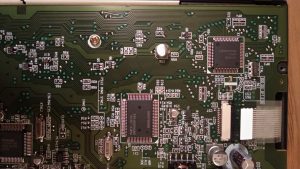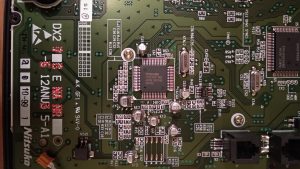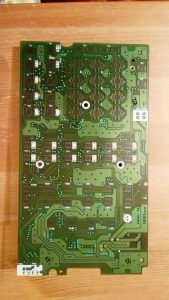
For work reasons, we had a couple of these LTE mobile hotspots deployed permanently. After about two years, they’ve failed, both with puffed up batteries. For no good reason I can think of, the devices don’t work with the battery removed, they just blink constantly. Still, they worked well right up to that point, so, what’s in one? I’ve not tried powering one up again properly, I’m not excited about ordering a spare battery for one, and it’s not (currently) interesting enough to try and provide power to the right place to fake the battery.
You can find the FCC internal photos under QISR216 but it’s blurry. We know it’s from Huawei, but that’s about it. You can also find a GPL compliance tarball that implies it runs android, and has some more details if you’re good at digging into that sort of thing (I’m not really) R216-open resource code.tar.gz
Here’s some photos of it’s guts with a bit of decoding. There’s a few spaces on the PCB for what I suspect is a SD card, and a 5GHz wifi radio, but it’s kinda ugly trawling through old product announcements to see if any of it was ever used. The row of circular pads on the PCB edge are actually available without disassembly, (there’s a row of holes inside the battery compartment that provides access to them), so that’s presumably a “useful” port for something. There’s another set of test pads by the wifi chip.
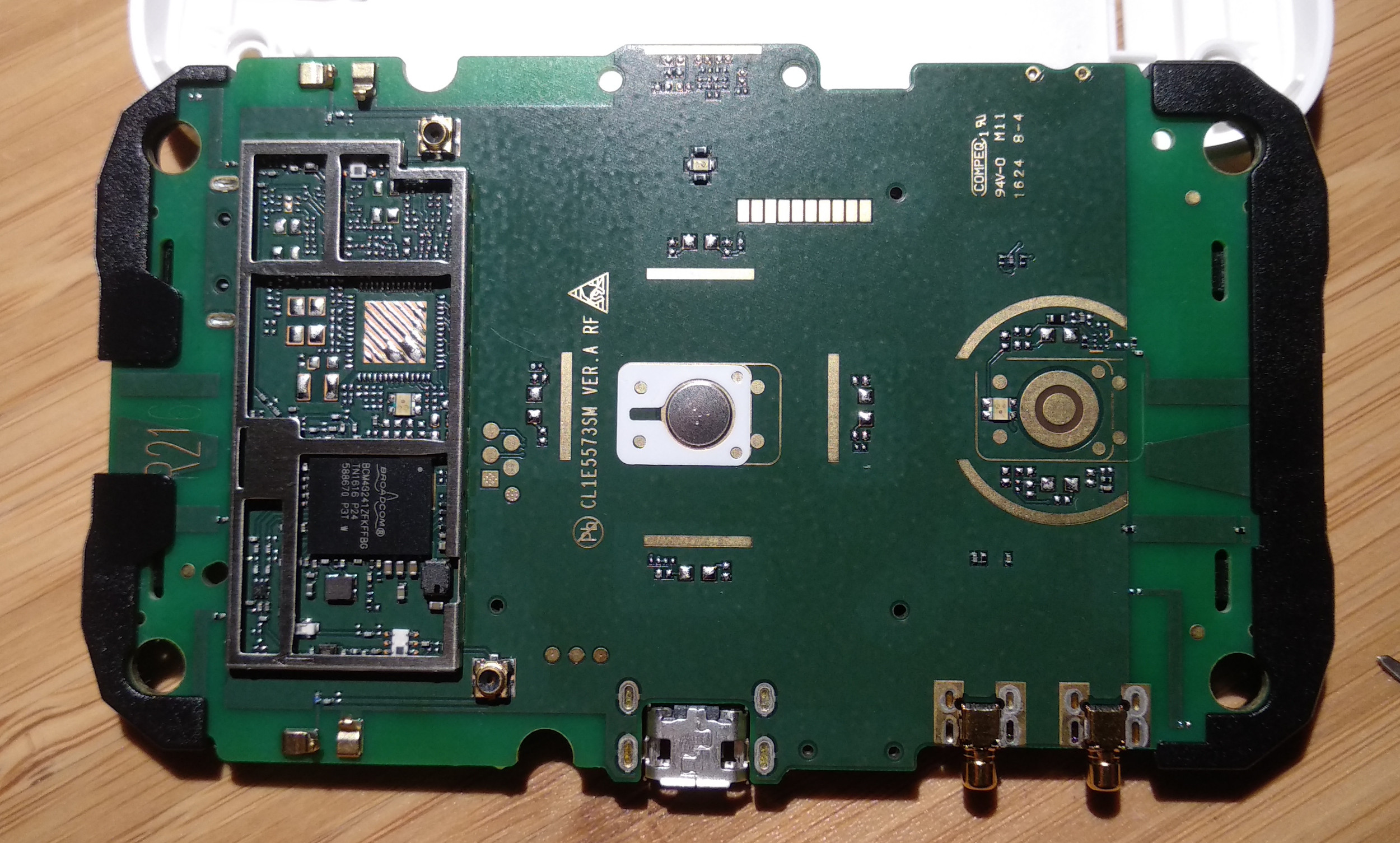
The silver circle in the white field is actually a super slim pushbutton!
And now the “real” side
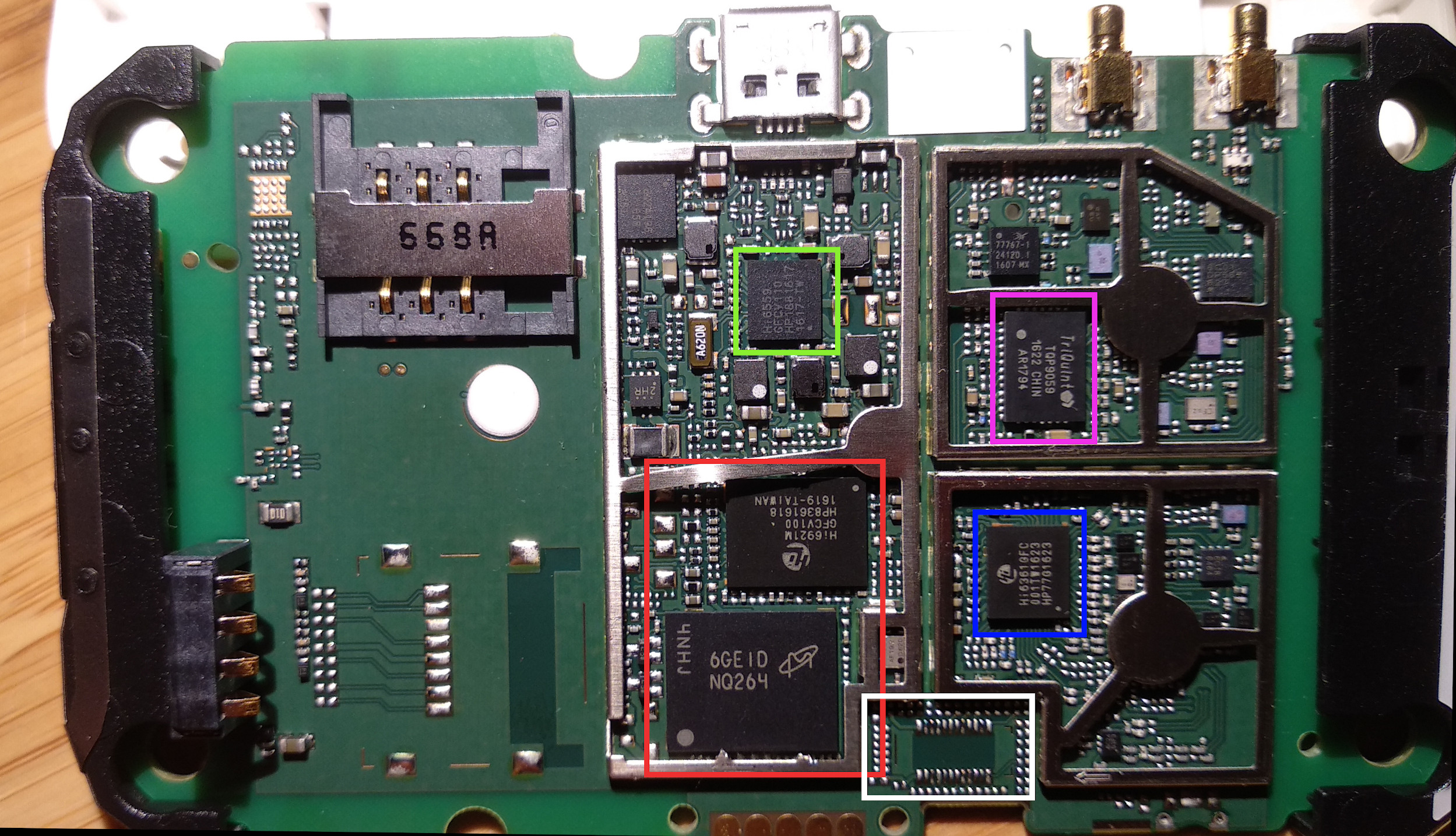
Green is HiSilicon HI6559, a PMIC from reading elsewhere. Red is some Micron flash, and a HiSilicon Hi6921M. You can read a bit more about the part here: https://github.com/Huawei-LTE-routers-mods/README/blob/master/balong_series.md
Blue is HiSilicon Hi6361gfc, presumably the LTE modem? Purple is the Qorvo multiband power amplifier
White box? No idea, not sure what would ever go on that footprint. The blank on the left is presumably a microsd socket.
There’s another one of these superslim membrane switches in the top right, between the micro usb and the optional external antenna connectors.

